Alpha, Leica, and Zeiss are big names from the professional photography market that have each lent their reputation to a small selection of high-profile smartphones. Some of the most recent include the Alpha- and Zeiss-branded Sony Xperia 1 II and the Leica-branded Huawei P40 Pro. With these key partnerships in place, expectations are high for these smartphone cameras.
We’ve already taken the Sony Xperia 1 II out for a spin against the Samsung Galaxy S20 Plus. But can Sony’s flagship hold its own against arguably the best smartphone camera around, the Huawei P40 Pro?
Catch up: Galaxy S20 Plus vs Xperia 1 II camera shootout
Sony Xperia 1 II vs Huawei P40 Pro camera: Specs
The Huawei P40 Pro and Sony Xperia 1 II serve up the classic main, wide-angle, and zoom camera combination, paired up with a dedicated depth sensor for improved bokeh blur. However, there are some key differences between these two packages that have a noticeable impact on image quality.
Most obviously is the Huawei P40 Pro’s large 50 megapixel (binned to 12.5MP) 1/1.28-inch main sensor, wide f/1.9 aperture, and RYYB (rather than RGGB) pixel configuration for vastly improved light capture versus the Xperia 1 II’s setup. At 1/1.7-inches the Xperia’s main sensor isn’t small, but it’s not large by modern standards. On paper, Huawei appears to have a big lead in the main sensor department.
| Huawei P40 Pro | Sony Xperia 1 II | |
|---|---|---|
| Main camera | 50 megapixels (12.5MP binned) f/1.9 aperture 1/1.28-inch sensor Omnidirectional PDAF, OIS, RYYB |
12 megapixels f/1.7 aperture 1/1.7-inch sensor Dual Pixel PDAF, OIS |
| Secondary camera | Wide-angle 40 megapixels (10MP binned) f/1.8 aperture 1/1.54-inch sensor PDAF |
124Ëš wide-angle 12 megapixels f/2.2 aperture 1/2.55-inch sensor Dual Pixel PDAF |
| Third camera | 5x telephoto zoom 12 megapixels f/3.4 aperture PDAF, OIS, RYYB |
3x optical zoom 12 megapixels f/2.4 aperture 1/3.4-inch sensor PDAF, OIS |
| Fourth camera | Depth (time-of-flight) | Depth (time-of-flight) 0.3 megapixels |
It’s a similar situation with the wide and zoom camera, with Huawei touting the more accomplished spec sheet. It has a larger wide-angle sensor and telephoto zoom lens setup, allowing its range to extend up to 5x. The Xperia 1 II offers a 3x optical lens for a good level of zoom, and should capture a fair amount of light, too. But overall, Sony’s flagship clearly has its work cut out for it to surpass one of the industry’s photography giants.
Read more: Why camera sensor size is more important than megapixels
Sony Xperia 1 II vs Huawei P40 Pro camera: Samples
Both phones are capable of taking great pictures, but the issues I noted with the Xperia 1 II vs Galaxy S20 Plus are also noticeable in comparison to the Huawei P40 Pro. Sony’s flagship regularly struggles with a lack of decent HDR, leading to overexposed highlights and lack of detail in shadows. As a result, colors can also look a little washed out or underdeveloped with the Xperia. The P40 Pro has no such problem, giving it a quick lead as the more consistent shooter.
Click here for full-quality image samples
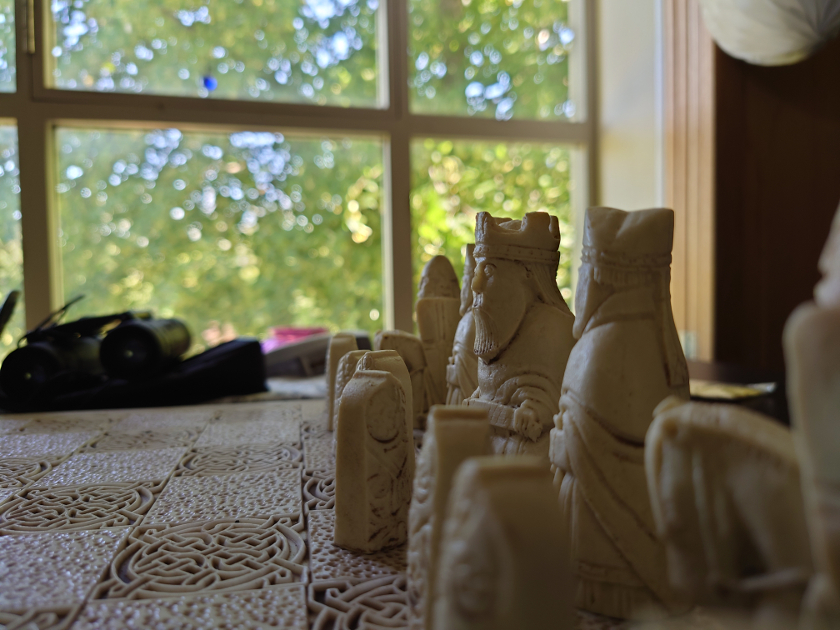
Huawei P40 Pro
Sony Xperia 1 II
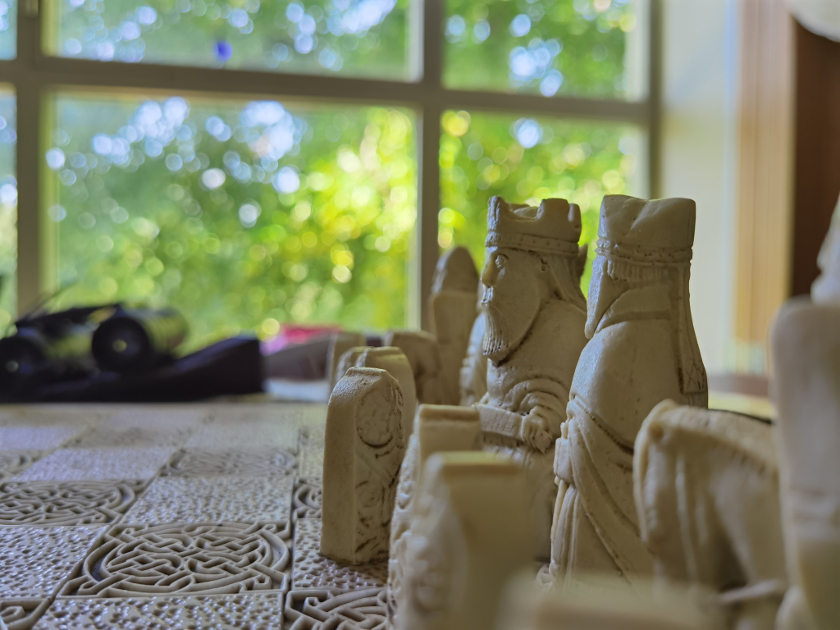

Huawei P40 Pro
Sony Xperia 1 II
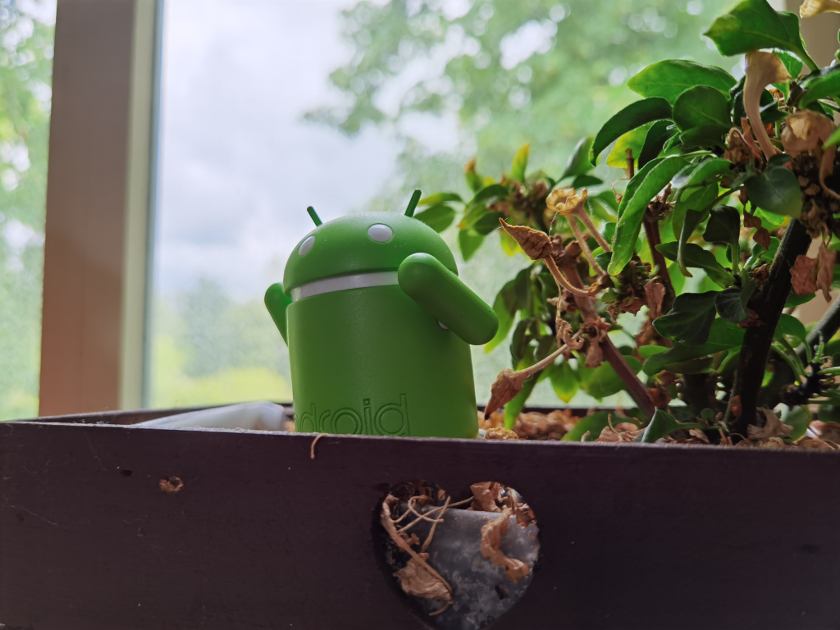
There’s also a noticeable difference in the level of detail captured by the two cameras. Sony’s 12MP main camera captures plenty of detail with minimal noise, although images are a tad overly sharp compared to Huawei’s. But the Huawei P40 Pro’s 12.5MP pixel-binned snaps take mobile photography up another level. Huawei’s main sensor results are absent of sharpening and obvious signs of image cleanup, thanks to its BM3D noise reduction technology and large image sensor. Fine details are preserved, and its results are some of the softest, most natural looking of any smartphone camera, although you have to pixel-peep to see it.
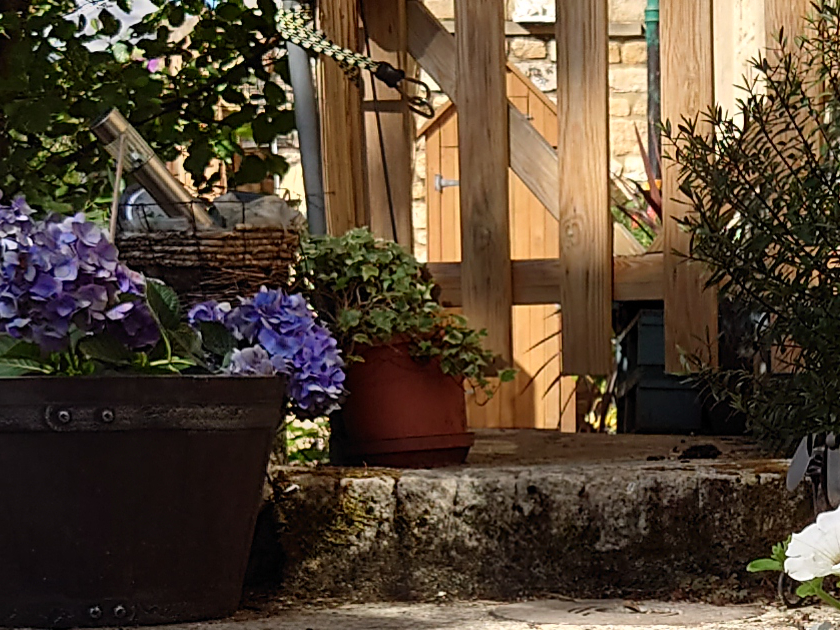
Huawei P40 Pro – 100% crop
Sony Xperia 1 II – 100% crop

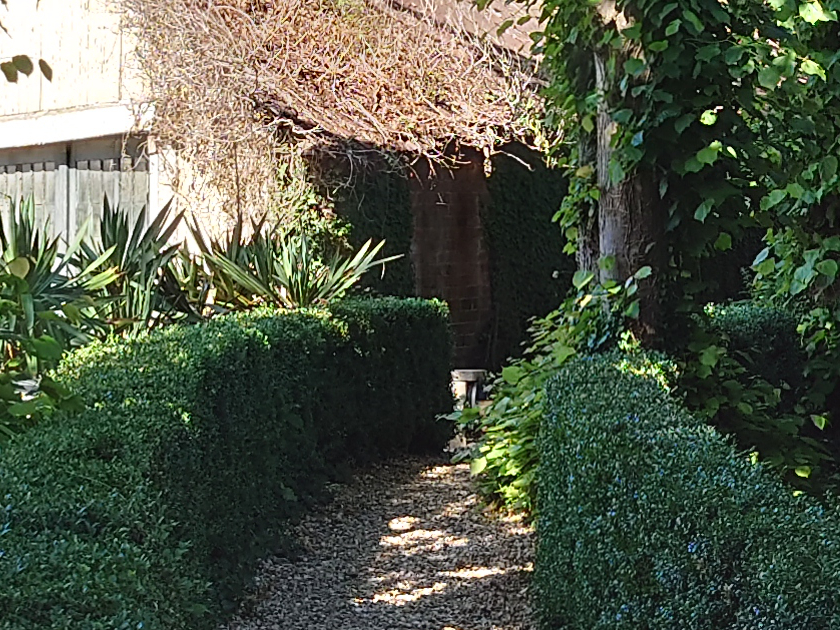
Huawei P40 Pro – 100% crop
Sony Xperia 1 II – 100% crop

The Xperia 1 II’s issues with exposure and HDR can be frustrating.
The two phones are more similar when it comes to color. The two target a realistic color space with minimal oversaturation and good white balance, although both phones occasionally produce an overly warm tint, so they aren’t perfect. The Huawei P40 Pro’s colors tend to look a tad more saturated, particularly in the green and reds. But this is likely down to its superior dynamic range rather than overly heavy color processing.

Huawei P40 Pro
Sony Xperia 1 II

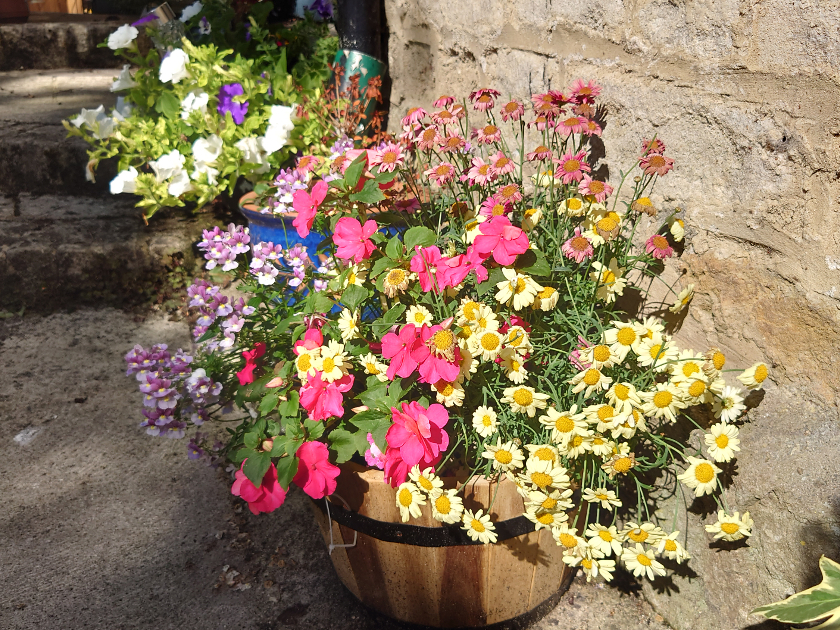
Huawei P40 Pro
Sony Xperia 1 II

Overall, both cameras are capable of great-looking pictures. However, the Huawei P40 Pro is the more consistent in terms of quality and holds up the best when pixel peeping.
Read more: All the new Huawei P40 camera technology explained
Low light
The Sony Xperia 1 II finally includes a long-exposure night mode for capturing images in low light, so we can take the camera for a spin in the dark. However, the Huawei P40 Pro is capable of taking good looking night shots without the need for the long-exposure Night mode. This is the best way to shoot in low light with the P40, as otherwise images often come out blurry.
Low-light photography continues to be the toughest task for smartphone cameras and both phones have their strengths and weaknesses. Generally speaking, the P40 Pro’s images come out brighter and sharper, but it’s not immune to lack of detail and washed out colors. Sadly, the Huawei P40 Pro’s low-light shots appear heavily processed, which can ruin the appearance of some pictures when cropping in.

Huawei P40 Pro
Sony Xperia 1 II
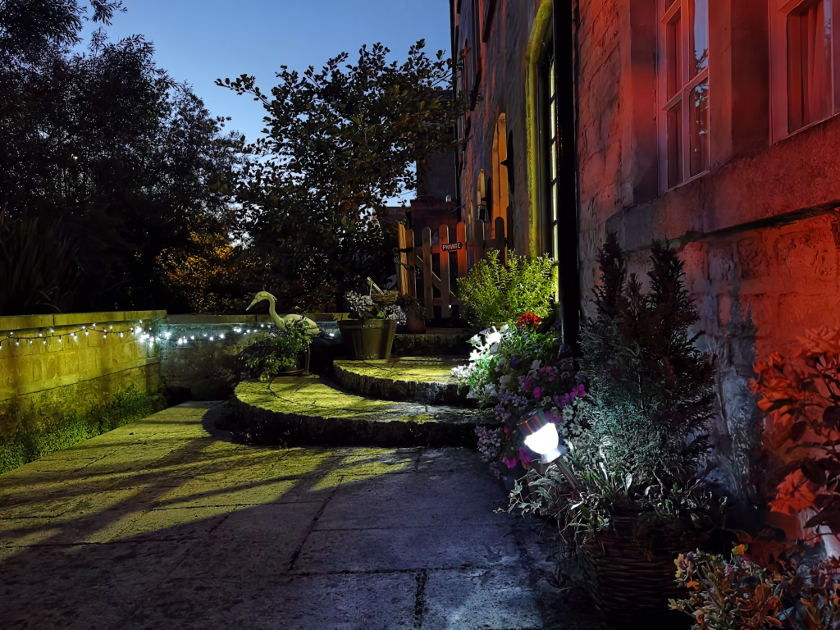

Huawei P40 Pro – 100% crop
Sony Xperia 1 II – 100% crop
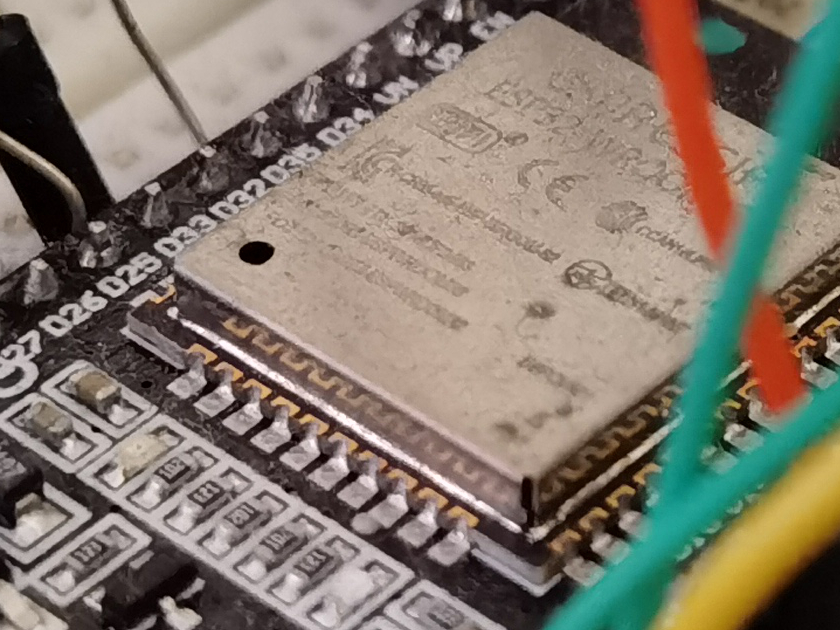
Sony’s low light results are passable, overall, and particularly good when it comes to color retention and yellow light correction. The Xperia 1 II is also much lighter on the post-processing, resulting in some grain and extra noise. But this can provide superior detail retention in some situations versus the Huawei P40 Pro. Despite these strengths, the Xperia relies a little too heavily on very long exposures and too many of my low-light pictures came out blurry.
Up next:Â How are smartphone cameras becoming so good in low light?
Zoom, wide-angles, and bokeh
Thanks to its 5x periscope lens, the Huawei P40 Pro is capable of taking longer range pictures than the 3x optical camera on the Xperia 1 II. Huawei’s maximum zoom image quality is also superior with regards to color, detail, and exposure. However, cropping in to 100% and comparing both phones at 3x makes for a more interesting comparison, as this pits Huawei’s hybrid solution against Sony’s optical sensor.
Huawei’s hybrid technology shows telltale signs of heavy-handed processing and image cleanup, as is typical of hybrid approaches. However, the company’s software extracts roughly equivalent and sometimes finer detail at 3x than the Xperia 1 II’s optical lens. Sony’s zoom images look quite clean but lack the dynamic range and sharpness of the P40 Pro’s images when you crop in. However, Sony’s optical lens seems to perform better than Huawei’s hybrid approach in less ideal lighting conditions. Ultimately, zoom quality varies quite a bit on a shot by shot basis.
Read more: Super-resolution zoom explained
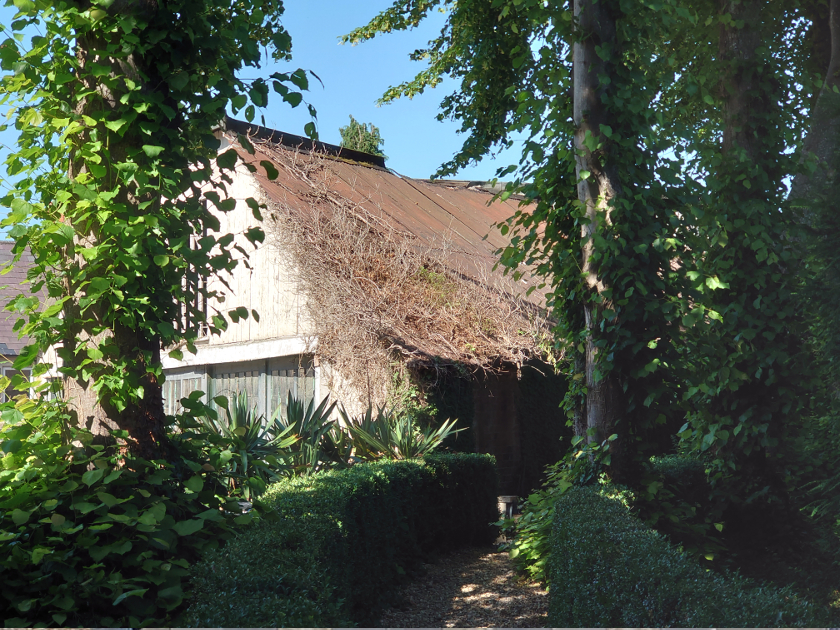
Huawei P40 Pro – 5x zoom
Sony Xperia 1 II – 3x zoom
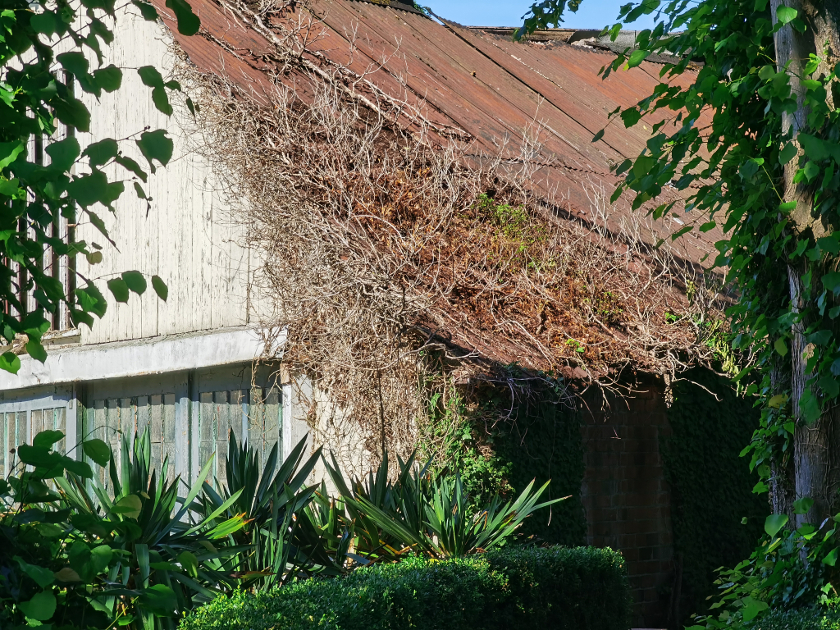
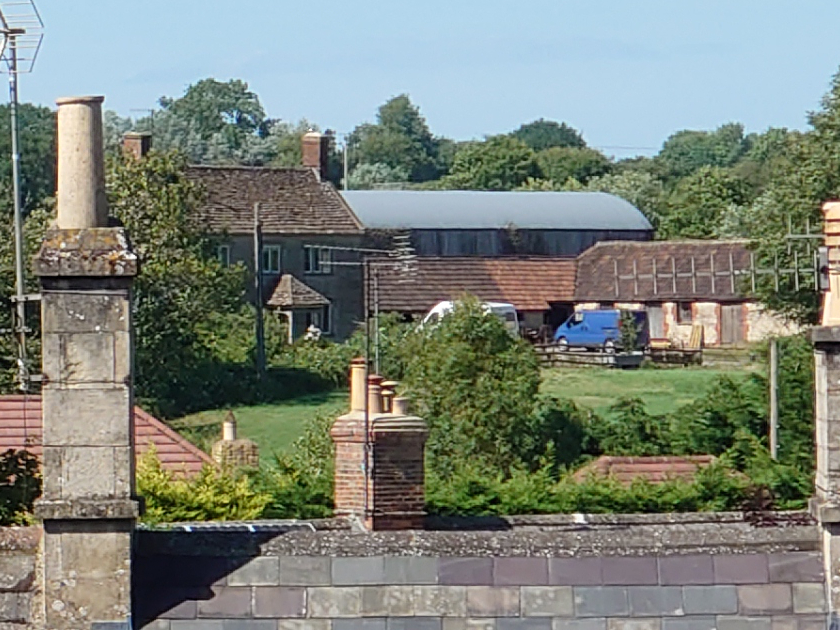
Huawei P40 Pro – 3x 100%
Sony Xperia 1 II – 3x 100%
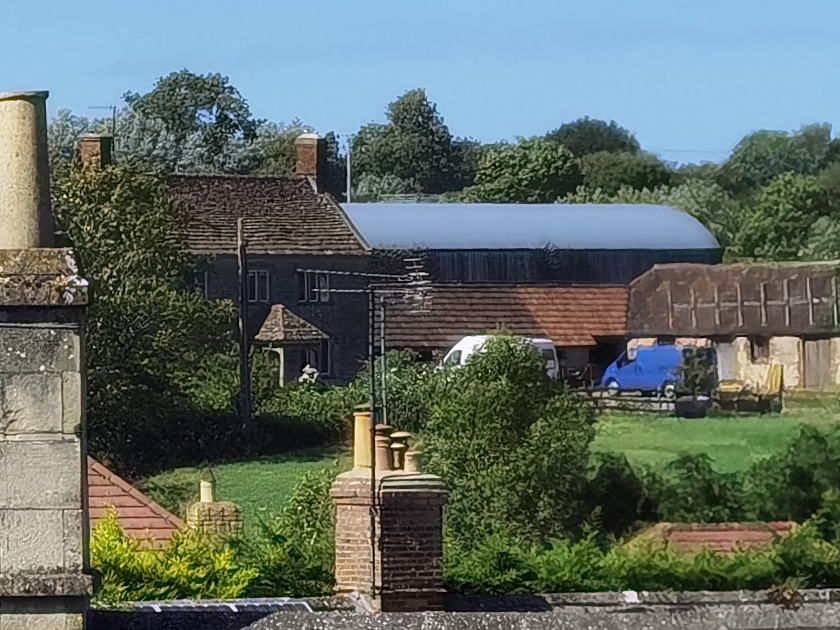
Huawei’s 3x hybrid zoom can extract comparable or superior detail to Sony’s 3x optical lens
The two phones’ wide-angle cameras are a little less impressive. Sony’s implementation suffers from the same exposure issues as it’s main and zoom sensors. There’s also notable lens distortion, chromatic aberration, and a distinct lack of focus and detail. The Huawei P40 Pro’s wide-angle lens offers far superior detail and colors. It would be an excellent shooting option if only the lens was a little wider, as it is narrower than the competition. The P40 Pro also outputs its wide images in a 16:9 ratio, which attempts to make the pictures look wider but leaves you with less image data overall.

Huawei P40 Pro – wide
Sony Xperia 1 II – wide
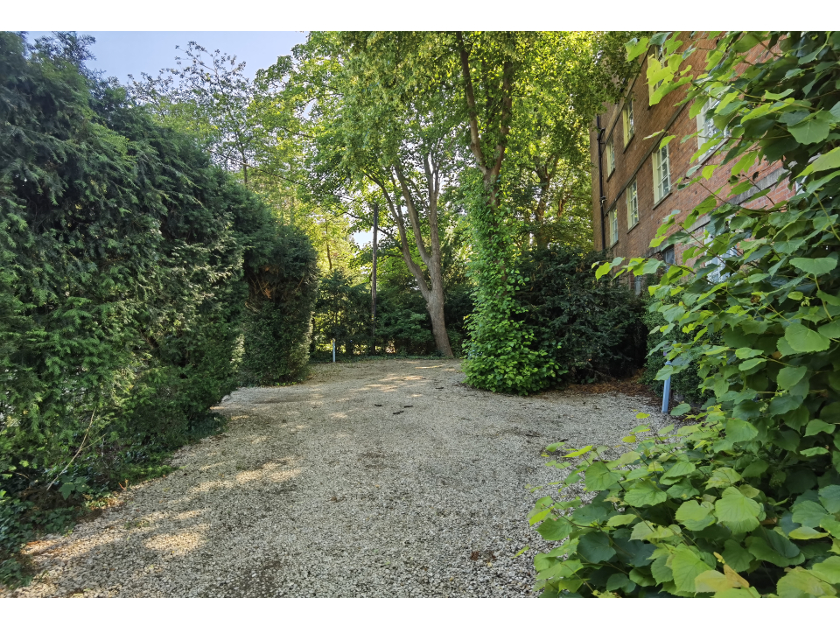
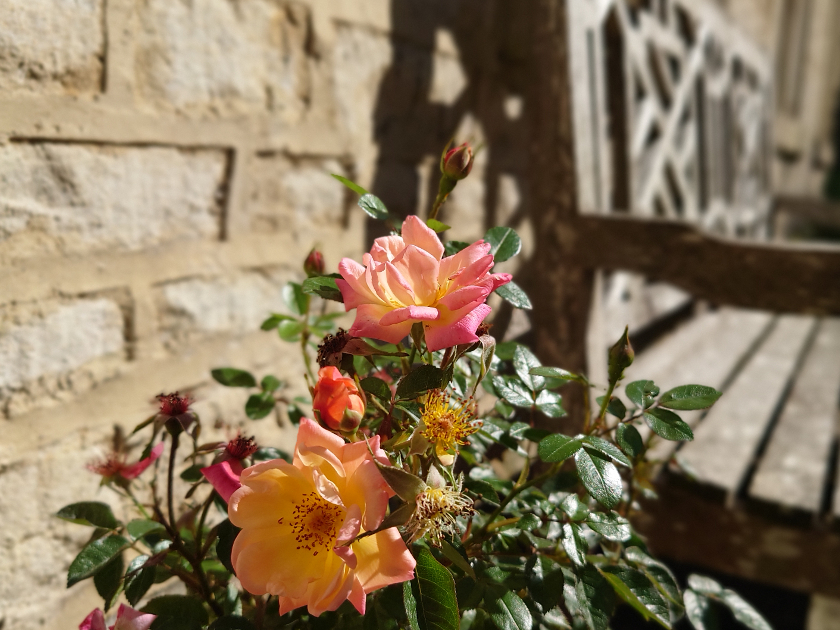
Huawei P40 Pro – bokeh
Sony Xperia 1 II – bokeh
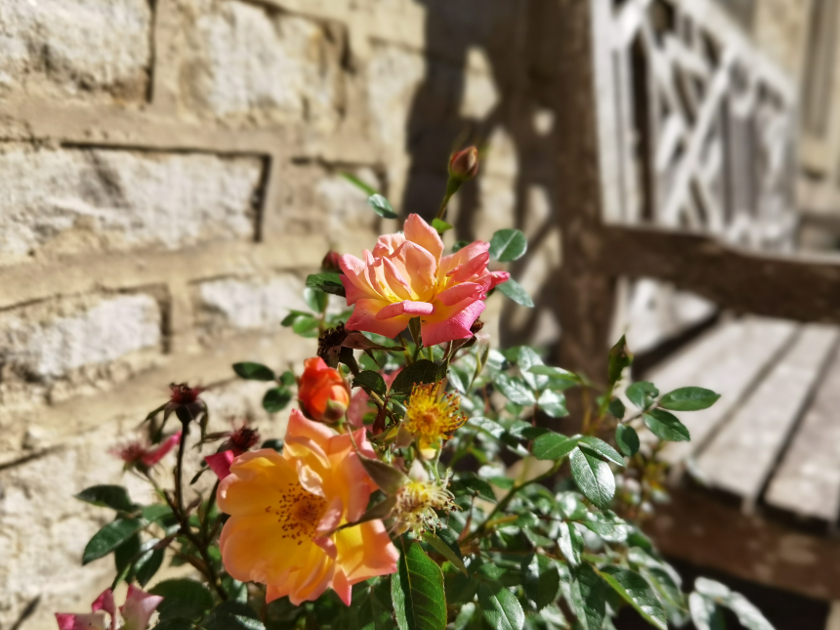
Unfortunately, the zoom and wide-angle experience with the Xperia 1 II is compromised by Sony’s software. The camera app won’t select the 3x optical or wide-angle lens when using pinch zoom. Instead, you have to manually press the lens icon or switch the focal length in the Photo Pro app. This is a basic quality-of-life feature that you’ll find on the Huawei P40 Pro and virtually every other smartphone.
Bokeh is a much closer run competition. The two handsets offer very good edge detection and offer a realistic bokeh gradient from foreground to background, thanks to their dedicated time-of-flight hardware. The Huawei P40 Pro and Xperia 1 II offer some of the best bokeh quality you’ll find in a smartphone. The phones are inseparable with fine detail edge detection too, such as hair, where both are just as hit and miss as the other.
The best Huawei phones you can buy right now

Sony Xperia 1 II vs Huawei P40 Pro camera: The verdict
The Huawei P40 Pro and Sony Xperia 1 II are two of the best phones I’ve shot with when it comes to color accuracy. Both can produce some truly excellent full-frame shots. However, it’s clear that Huawei earns a healthy quality lead when we examine their photographs with a fine comb.
Read on: The best Android camera phones you can buy
Huawei’s unique main sensor hardware hands in some of the cleanest images you can capture with a smartphone. Detail and noise are exceptional, and colors, exposure, and white balance are mostly very good, too. The Xperia 1 II has its strengths, particularly in the color and grain departments, but it doesn’t quite nail its zoom or wide-angle experiences as well as the P40 Pro.
Sadly, Sony’s latest flagship is let down by its inconsistency when it comes to overexposure and HDR. There’s no excuse, as much lower-cost handsets don’t suffer from these basic problems. While you can find a more traditional multi-frame HDR option in the Camera Pro app, this should be switched on by default in the standard app that most consumers will use. It’s such a shame, as you simply can’t shoot in bright, dynamically lit environments. If the Xperia 1 II offered a workable HDR implementation by default, Sony would have a much more competitive flagship camera.

Loading poll

